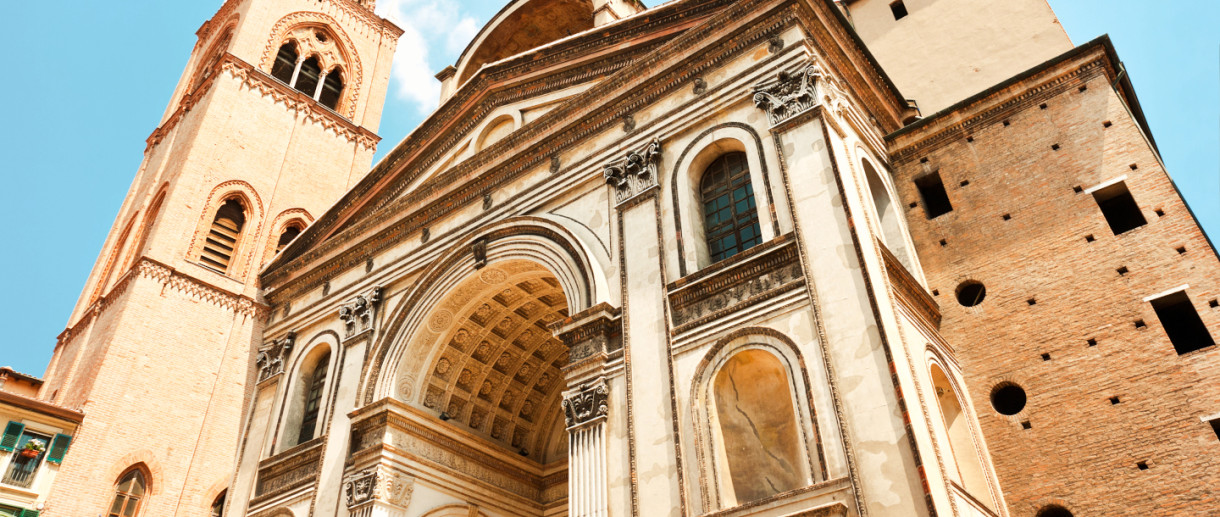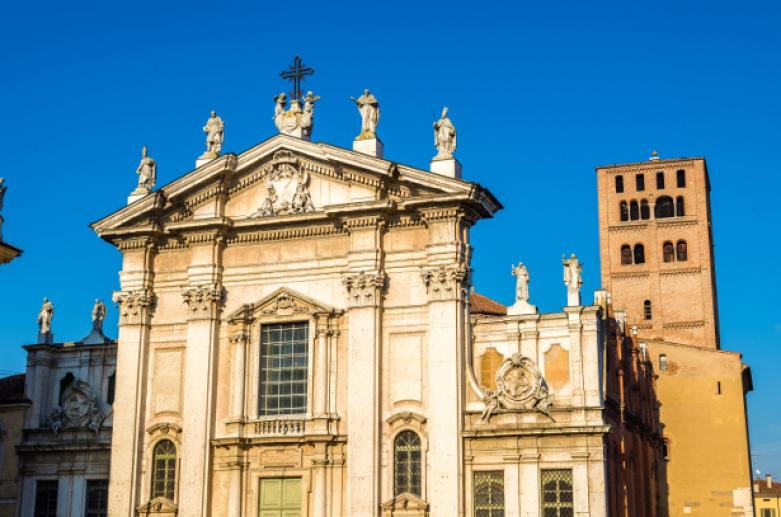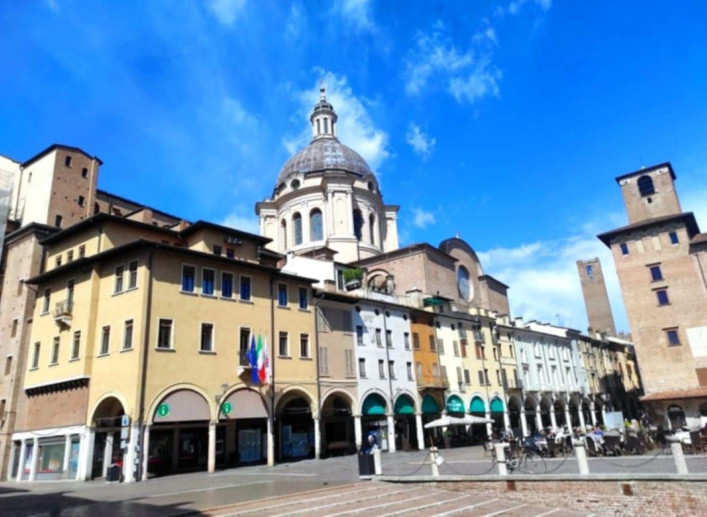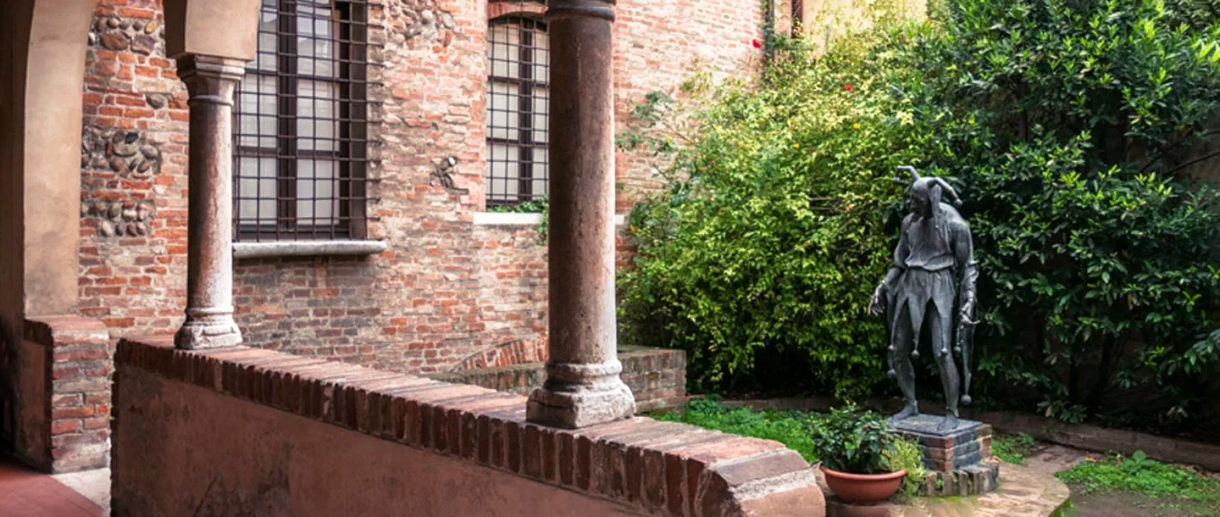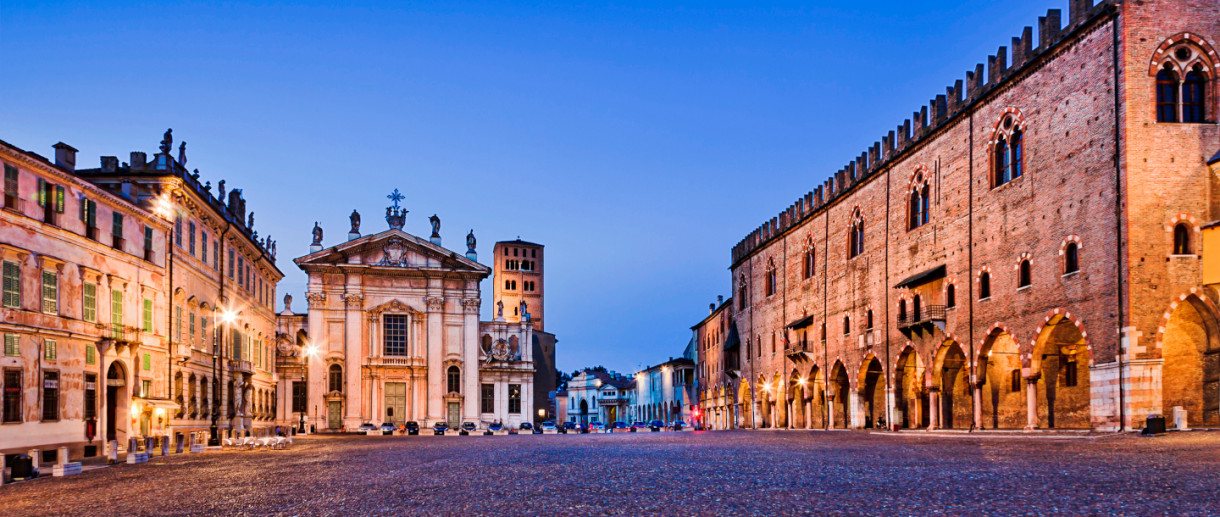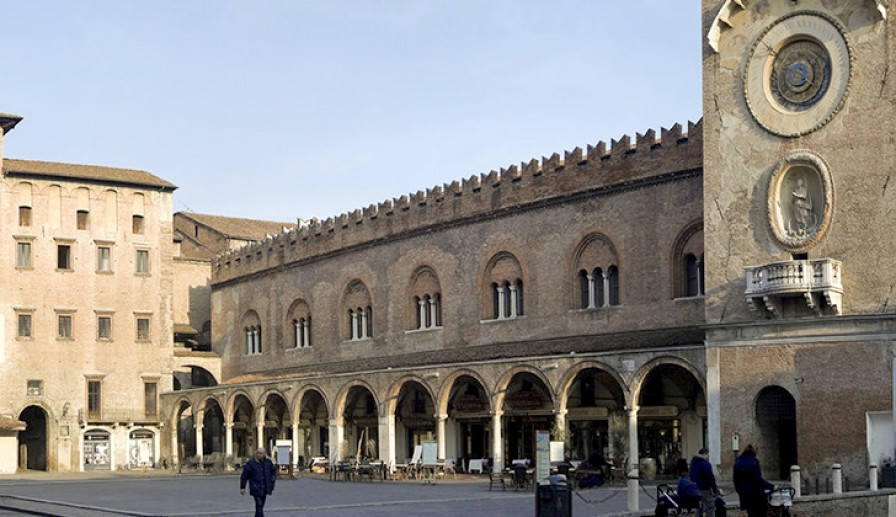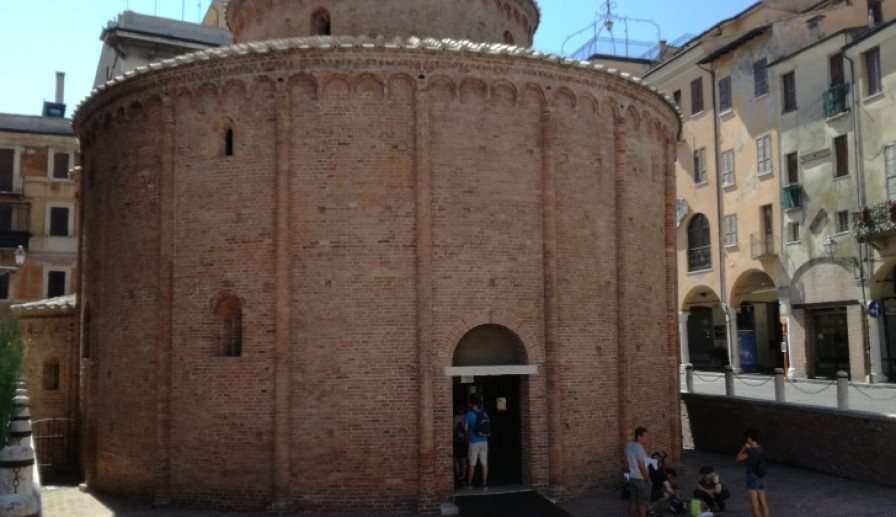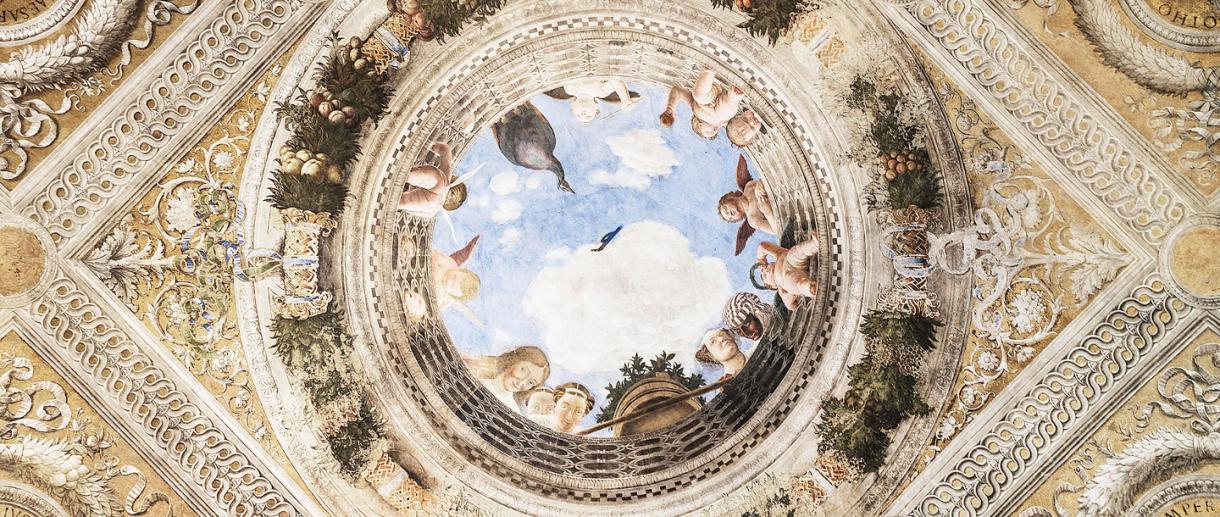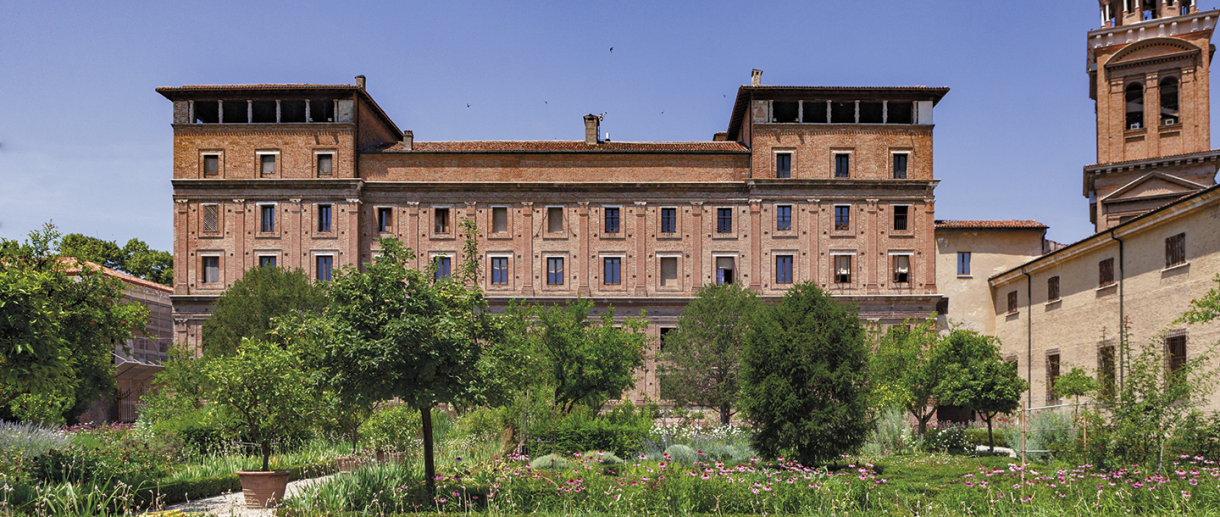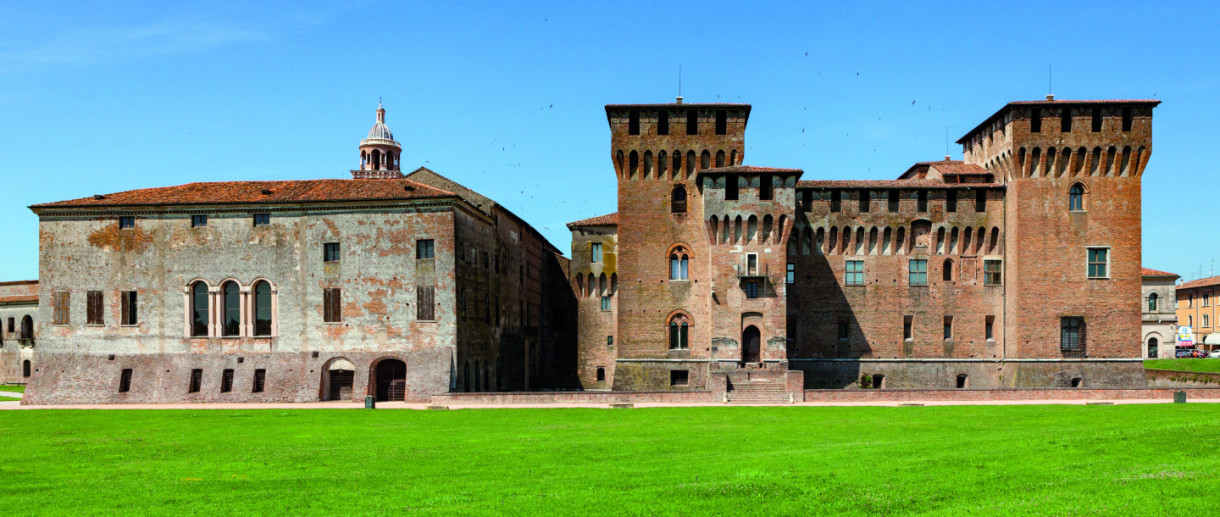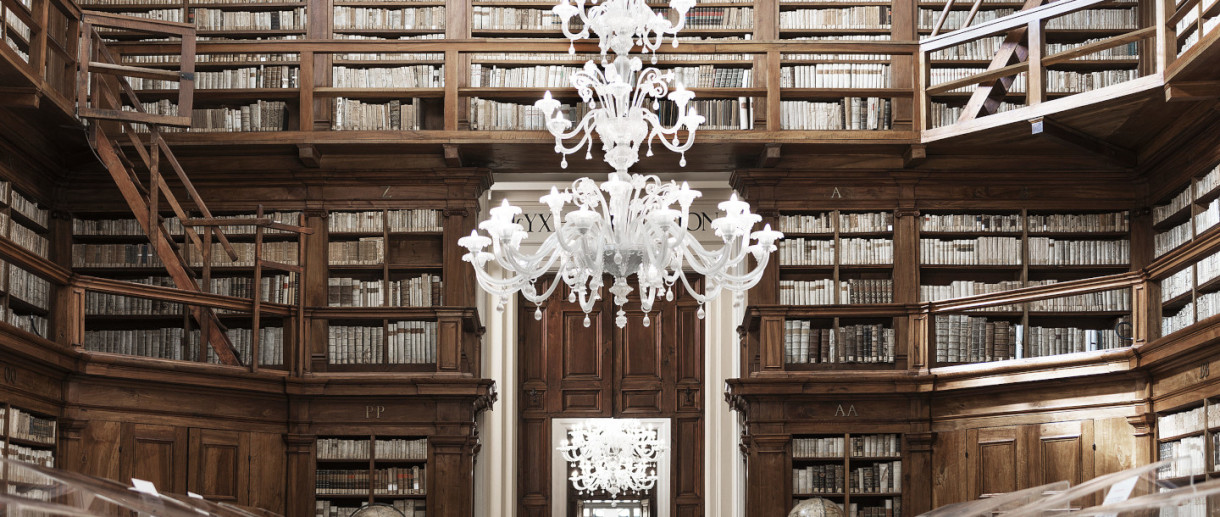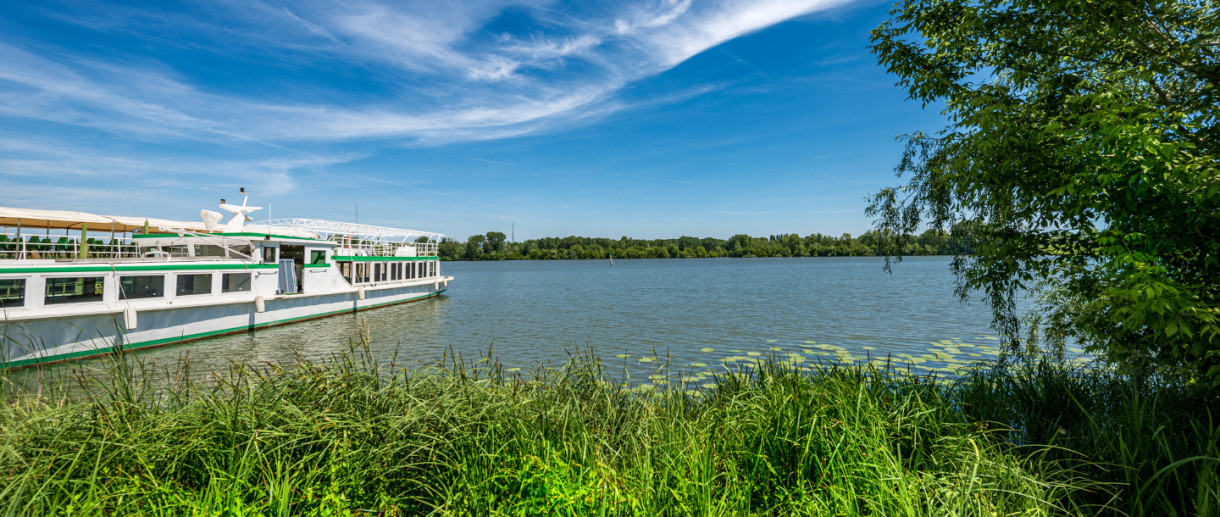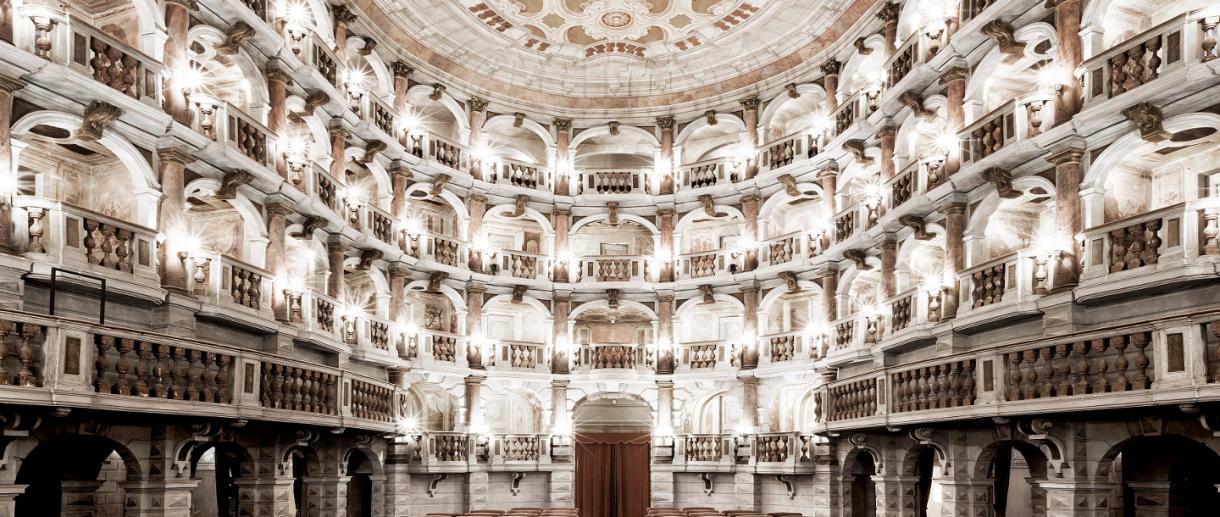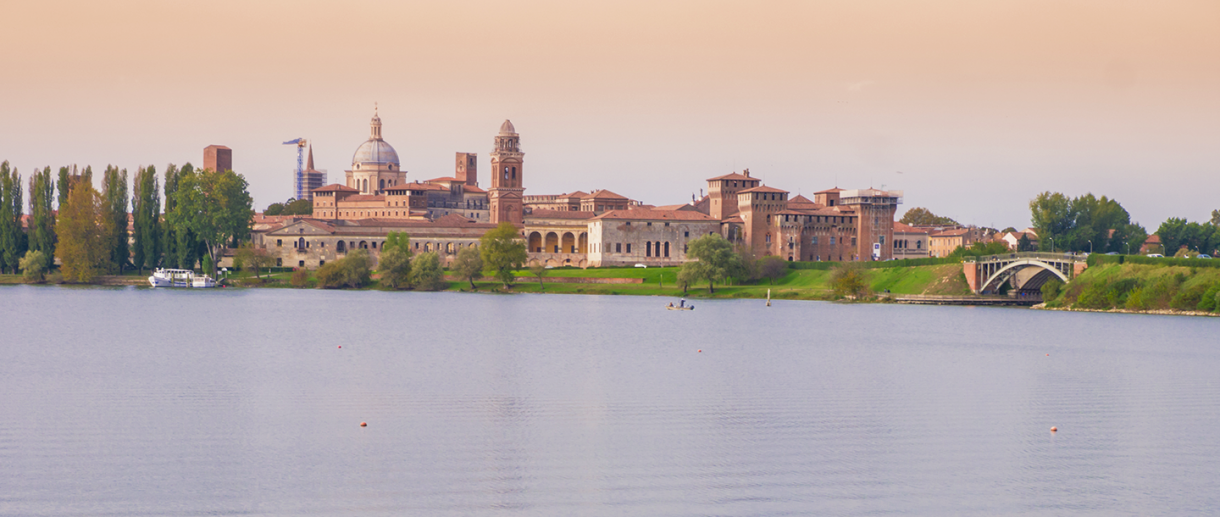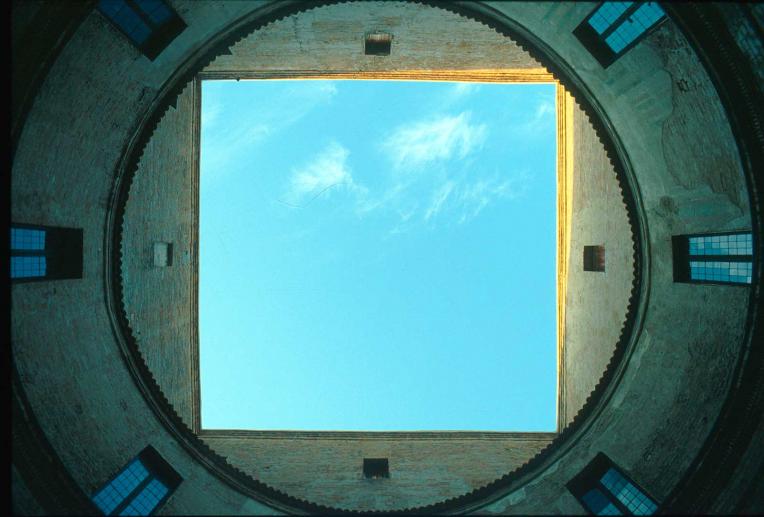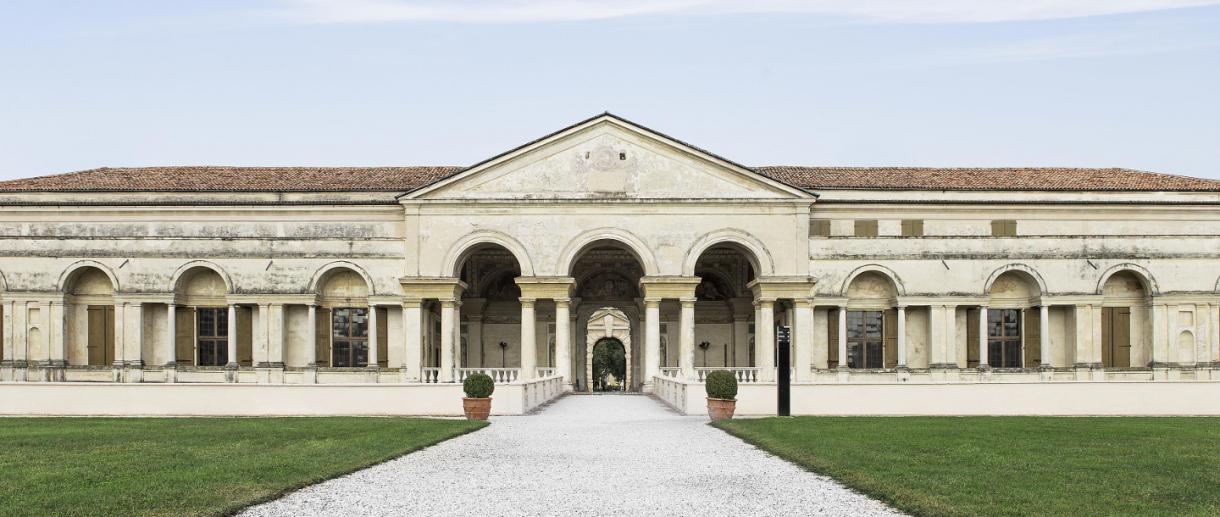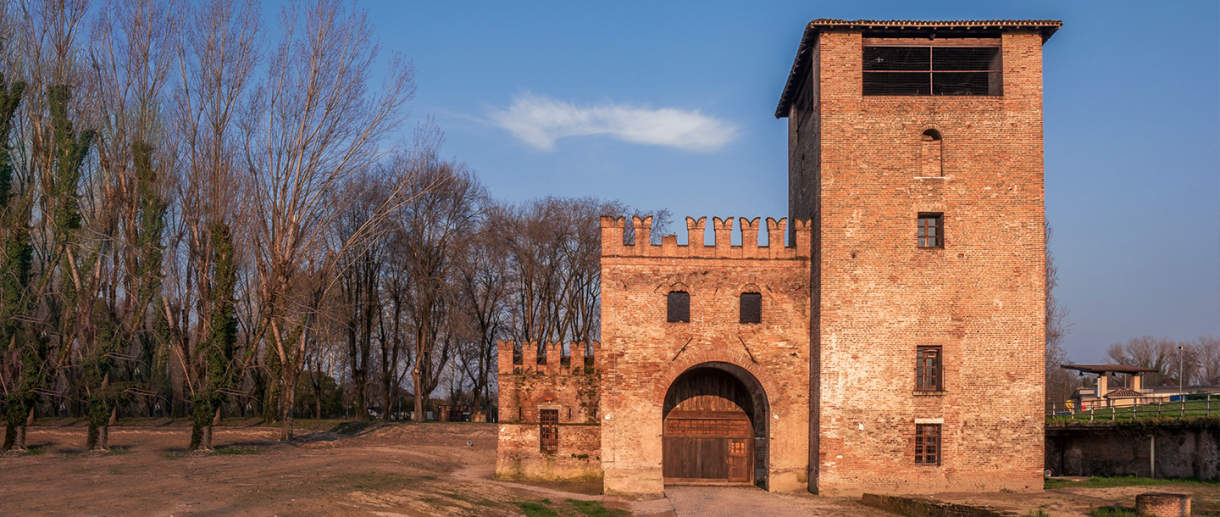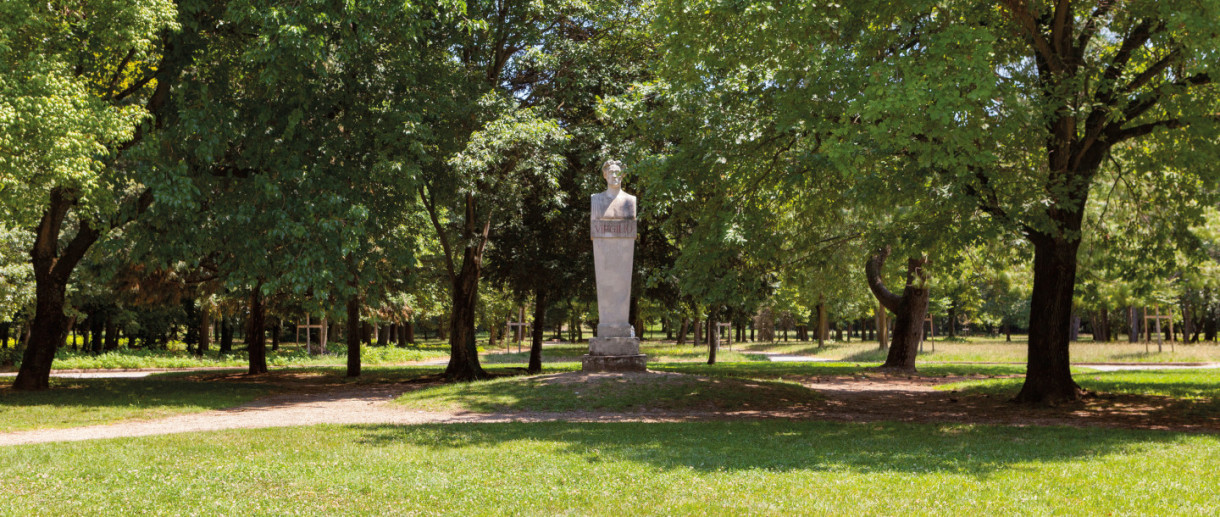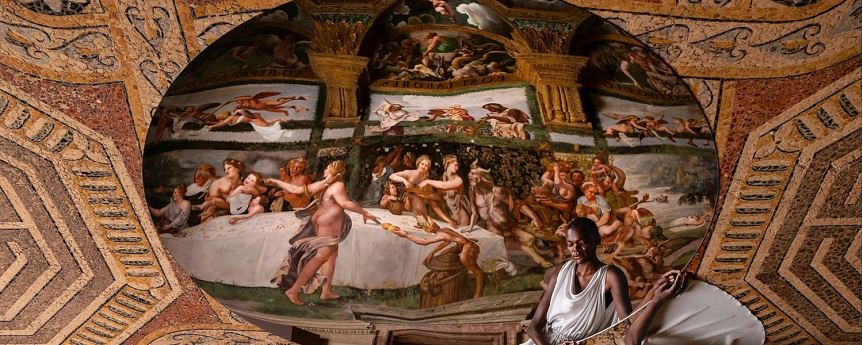- Art & Culture
San Leonardo neighbourhood
The house of Rigoletto can be found in the urban area overlooking Lago di Mezzo and, according to Piave's description of the building as being bordered by the patrol wall, it seems to be located in the San Leonardo neighbourhood, an essential part of our journey in the footsteps of Verdi's opera.
More precisely, its traces are to be found among the houses close to the eighteenth-century building that once housed the convent of the Capuchin nuns - the last of which (once owned by the family of the Cavriani counts) would in fact have had an original plan very similar to the one described in the opera as the house of the court jester.
(Act 1, scene 7) The most deserted end of a blind street. On the left is a discreet-looking house with a small courtyard surrounded by a wall.
"... is the door to the bastion always closed?" (Rigoletto) [scene 10].
With the Cavriani Palace on one side (whose name recalls that of the courtier Ceprano) and on the other the remains of the wall enclosing the garden of the Capuchin nuns in front of the convent of the same name, Via Cappuccine recalls the setting for the first meeting between Rigoletto and Sparafucile.
(Act 1, scene 7) The end of a blind street .... ...to the right of the street is the very high wall of the garden and the side of the palace of Ceprano
"A man of the sword stands before you ... "(Sparafucile) [scene 7] "We are two of a kind! ... my weapon is my tongue, his is a dagger; I am a man of laughter, he strikes the fatal blow" (Rigoletto) [scene 8]
If we accept the location of Rigoletto's house at the end of Via delle Cappuccine, the temple where the courtship of the Duke and the first seduction of Gilda take place, although never represented or described, could be ascribed to the nearby Church of San Leonardo.
(Act 2, scene 6) "All festivals in the temple while praying to God, beautiful and fatal a young man offered himself to my gaze ...". (Gilda)
-
